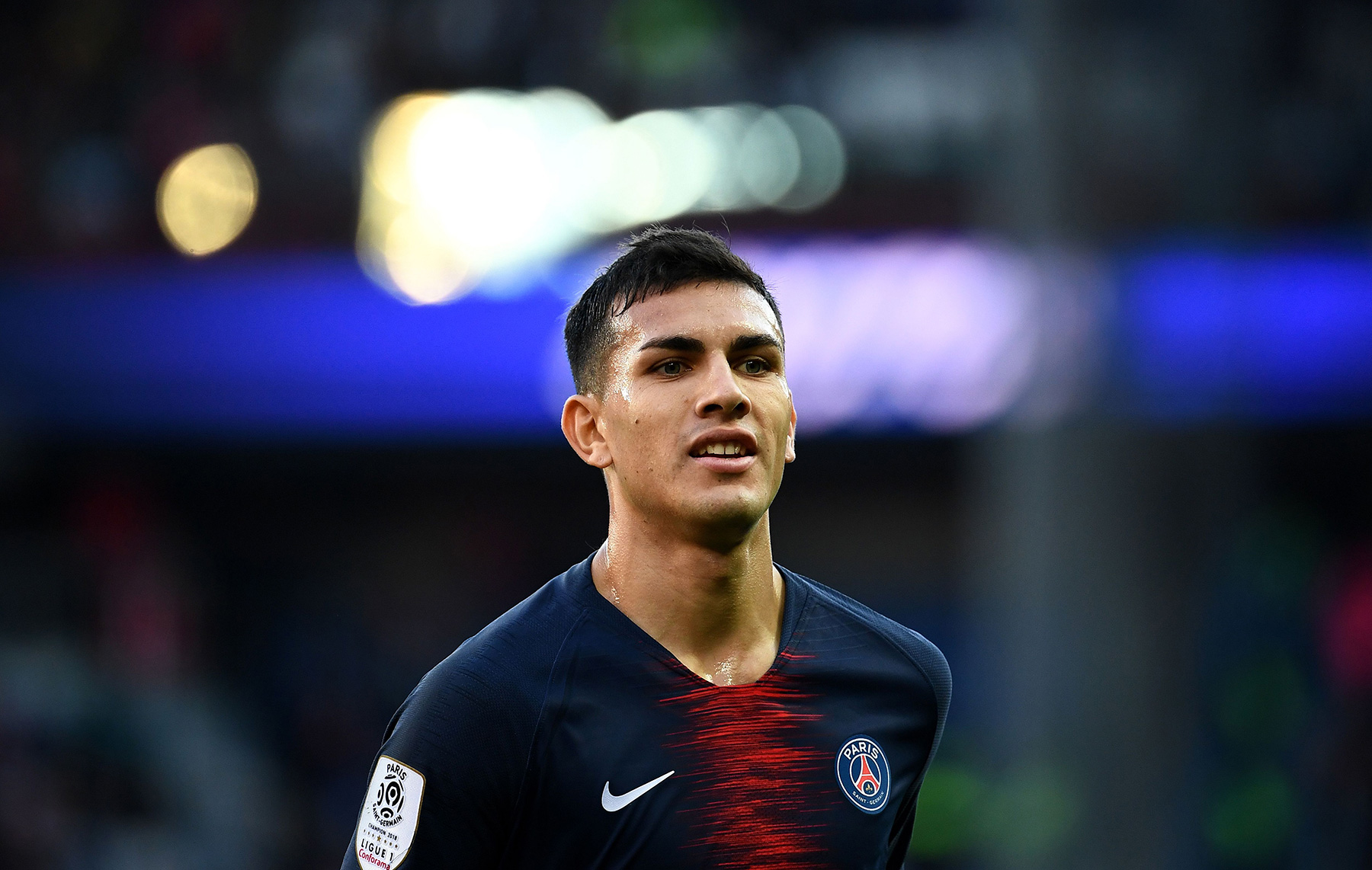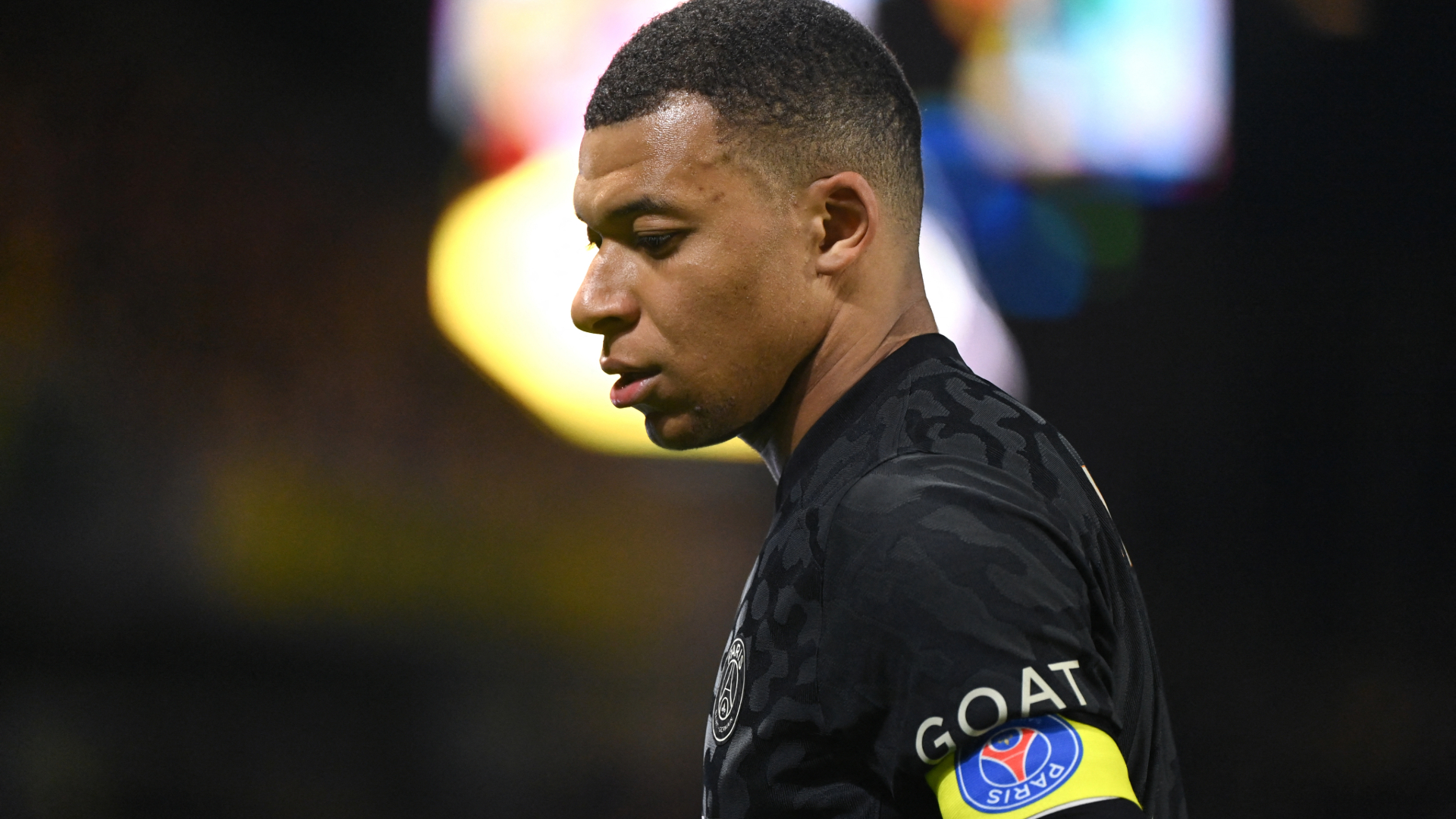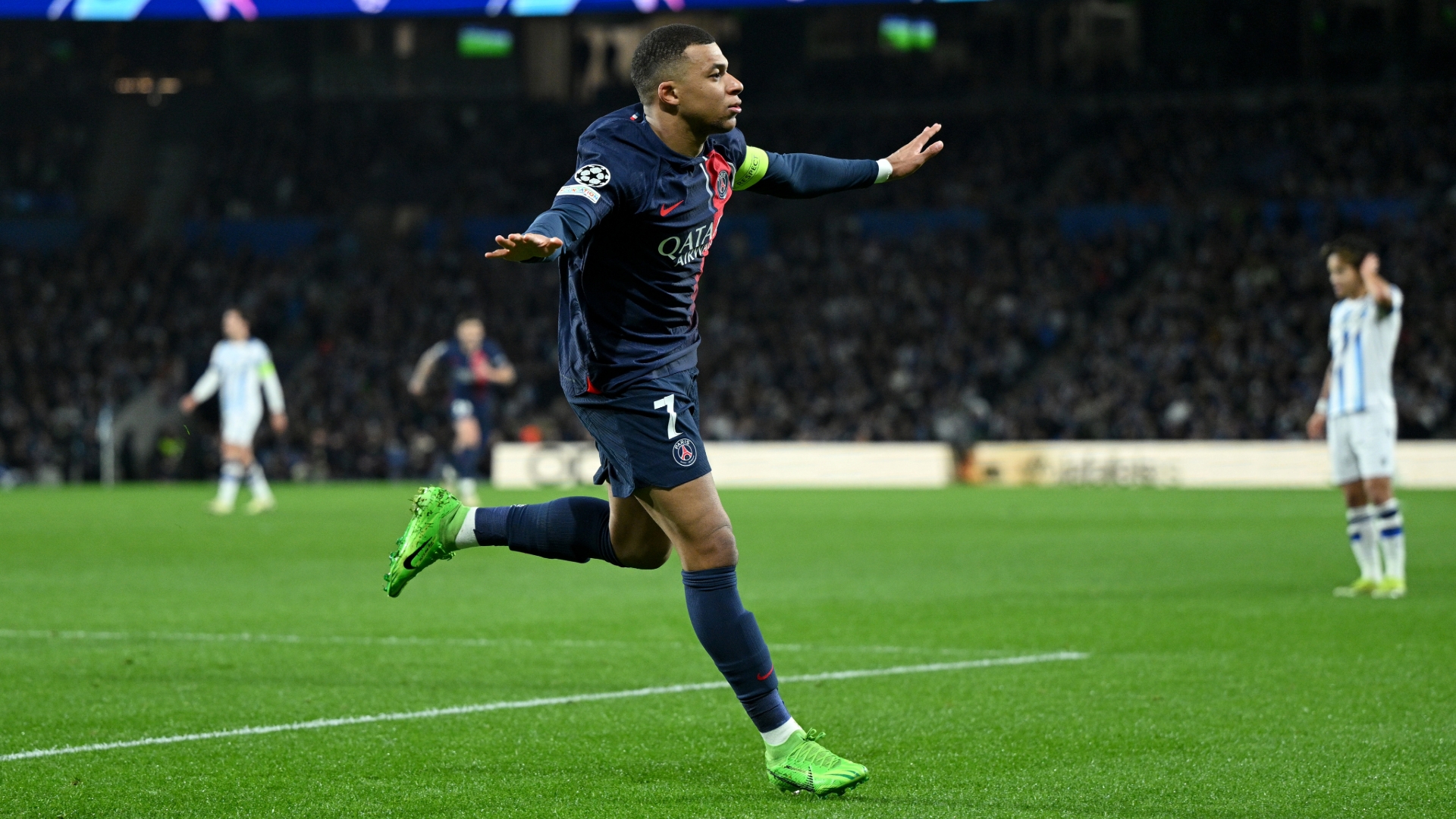Not many players in world football have had a turnaround year quite like Leandro Paredes has had.
Just last summer, Paredes was in the midst of a career crossroads. The Argentine had just completed his first year with FC Zenit Saint Petersburg in a campaign where he contributed 17 goals in all competitions for the Russian club. Even after the strong showing throughout the season, there were no serious talks at the time in regards to a potential summer transfer move that would see Paredes make his return to one of Europe’s top five leagues. Meanwhile, in his international career, he was not picked to represent Argentina in the 2018 FIFA World Cup as he was one of the final squad cuts.
What had transpired last summer seemed to light a spark in him because he has had a career renaissance run since then. He continued to impress in the Russian Premier League during the first half of last season with his methodical play as the team’s defensive anchor in the midfield. His rise in Russia prompted Paris Saint-Germain to swarm in and complete the €40 million winter transfer move. With the absence of Adrien Rabiot and the retirement of Thiago Motta, PSG desperately needed a competent defensive midfielder like Paredes. And just six months later, his stock rose even higher after being selected to represent Argentina at the 2019 Copa América; he shined starting and playing in every minute for La Albiceleste.
The 25-year-old is not a complete defensive midfielder yet but his performances over the past six months for club and country have exemplified just how important he will be for PSG moving forward.
Growth as a defensive midfielder
It is never easy for a player to make a midseason move to a new league and for a team that operates under a different tactical system. But in his 22 games for PSG in all competitions last season, Paredes made the most of his opportunities.
In Ligue 1, manager Thomas Tuchel entrusted Paredes to play as the team’s main defensive midfielder. In fact, he played primarily in that position in most of his 16 Ligue 1 games in a variety of different formations, but this was nothing new to him. For Zenit, Paredes conducted play as the defensive midfielder in 3-5-2 and 4-2-3-1 (double-pivot) tactical systems. In his PSG tenure, the Argentine has also played in three-at-the-back and double-pivot formations but of course, comparing how he played for these two clubs will come with a variance of differences considering he is currently playing in a new tactical system with a broader spectrum of responsibilities on the pitch.
One of the main characteristics to examine when evaluating a midfielder is their passing ability—a trait that certainly caught the attention of PSG during their scouting process of Paredes. Last season, Paredes was a workhorse in the midfield and emerged as one of the best passers in the league. He averaged 82.5 passes per 90, which ranked third in Ligue 1 behind Marco Verratti and Maxime Lopez per Wyscout. With a 92 percent passing percentage per WhoScored, Paredes was highly efficient in his passes with exceptional precision in how he built up play from his line.
Paredes was not conservative in his play as a defensive midfielder, but rather looked to open up play in between the lines and out wide when needed to. A top priority in playing this position for PSG is to be an effective link from defense to attack in the means of getting the ball into threatening areas on the pitch and facilitating quick transitions in open space. Playing behind a prolific attack featuring Neymar Jr., Edinson Cavani, and Kylian Mbappé undoubtedly requires the midfield to be an instrumental factor in orchestrating build-ups into the final third; this was a component of Paredes’ play that he showed exceptional potential in. The Argentine averaged 12.1 passes to the final third per game, which ranked fourth in Ligue 1 behind Verratti, Rabiot, and Teji Savanier per Wyscout.
Through his play on the ball, he sought to push play upfield when play was transitioning from defense to attack. For example, see here how PSG is beginning to build from their defense. Paredes is able to free himself into space as he receives the ball. With time and space, he is able to survey the field and unload on a pass to Mbappe in the final third—a simple yet impactful play on the pitch.
While operating from such a deep position in the midfield, Paredes did not have the luxury of being heavily involved in the creation of goal-scoring opportunities as he previously did with Zenit. He averaged 2.59 key passes per 90 in 15 league games for Zenit last season while marking at a 1.29 rate in 16 leagues games for PSG per Understat. There is a significant stark difference but considering how deep he played, a 1.29 key passes per 90 rate is an adequate mark.
As mentioned before, Paredes’ on the ball duties as PSG’s main defensive midfielder revolved around being the link from defense to attack and distributing possession. Paredes persisted with short and long passes upfield as to how he played, but long balls were also part of his passing repertoire. He averaged 4.5 long balls per game per SofaScore. In instances where Paredes had space to move upfield, he delivered long balls out wide or inside to forwards as a tactic to stretch defenses and open up passing lanes for teammates to exploit.
This is illustrated in this play against Nantes where Paredes receives the ball in an isolated position in the midfield and immediately sees Moussa Diaby ready to make a run out wide. He twirled the ball out wide but unfortunately, Diaby was not able to get a shot off.
Later in the game, Paredes once again connected with Diaby and displayed his passing range but this time around, the play generated a goal-scoring opportunity.
Another example of this is perfectly exemplified here as even though Paredes is positioned further away from his usual setup in the midfield, he is still able to find Meunier in the box to open up play.
For a player who joined the club in the middle of the season, Paredes was able to effortlessly fit in with PSG and build excellent team chemistry. The composure that he showed was just what the club needed when it brought him in to shore up depth concerns. But even with the impressive midfield showings, there are still a couple of aspects of his play that are thoroughly a work in progress.
Among them, Paredes’ play against teams with a high-pressing system will be something to watch for this season. The 25-year-old is an outstanding talent but if he wishes to make the jump into the conversation in being a world-class defensive midfielder, this is where he will need to show PSG’s coaching staff that he is capable enough to play under pressure. Some of the best defensive midfielders in the world—from Sergio Busquets to Fernandinho—have made a career out of combating an opponent’s press and working their way out of pressure in all areas of the pitch; this is essentially what makes a complete defensive midfielder in world football today.
Last season for PSG, Paredes did not show his capabilities in playing against an organized and effective press because many Ligue 1 teams did not employ a variance of an aggressive pressing system. A majority of Ligue 1 teams do not risk operating under a high pressing system when facing PSG because they either are not capable of doing so with their players or are afraid of giving them multitudes of space to where they can exploit it with their world-class attacking trio. In Paredes’ 16 Ligue 1 games, he was tested in this area but not to an extent to where he could gain crucial experience. For instance, PSG’s Ligue 1 opponent’s last season averaged a 17.92 PPDA (passes per defensive action) per Wyscout.
One team that did put on more pressure than usual was Angers SCO during the Ligue 1 fixture in May. In that game, Paredes completed 101 passes and won over 50 percent of his duels per SofaScore. The 25-year-old operated with a heavy workload of passing responsibilities but managed well throughout the game.
For example, see here how Paredes receives the ball and is immediately met with pressure from an Angers player. He is able to twirl around and create space with his movement, which enables him to evade the pressure.
For Paredes, his biggest pressing tests as a defensive midfielder will come in the Champions League. Whether it is in the group or knockout stage, the Argentine could very well go up against the best pressing teams in the world such as facing FC Barcelona, Manchester City, and Liverpool FC. These types of games will truly showcase how well he can adjust to operating under immense pressure from multiple players. But thus far, he has shown good fundamentals of recognizing incoming pressure from opponents and acting accordingly to maintain the team’s structure in the midfield.
Now one other significant factor to watch is his quick decision-making skills when he is both with and without the ball. When in possession, he is a passing machine, but there can come instances when he is either slow on the ball or lacking in being the aggressor to complete forward passes. With quick passes and movements with the ball, this can prevent defenses from being allowed time to readjust their defensive setup.
When he does not maintain possession, Paredes has a good awareness of when to drop deep to support a teammate, but the main concern of his off-ball play is his defensive work. Paredes has shown competence in this area of his game, but he is not as active for a defensive midfielder. He averaged a fair 2.4 total tackles per 90 in Ligue 1 play last season per WhoScored. In the pressing department, he has not been one to be the relentless engine that is always leading the way in pursuit of the ball carrier. If he can improve in this aspect of play, the Argentine will add another dimension to his overall work as a defensive midfielder.
Paredes has all of the tools and potential to succeed with PSG. Now in terms of how he will be used this season, it is something that is up in the air at this point.
How Tuchel will utilize Paredes
It was just six months ago that PSG’s midfield was the glaring weakness of the team but after a successful summer transfer window, the position has now become a surprising strength. The club added Idrissa Gueye, Pablo Sarabia and Ander Herrera to go along with the duo of Verratti and Paredes.
In effect, the options that Tuchel will have in the midfield will force him to make a looming decision on the team’s main formation and which players he will use the most. One of the biggest questions will be about how Paredes will fit in with PSG’s new-look midfield unit.
One option would be to use the 4-3-3 formation that was used early on last season. Tuchel could have the ‘MCN’ trio upfront followed by Verratti and Herrera in the midfield along with a rotation of Paredes and Gueye as the main defensive midfielder. The rotation between Paredes and Gueye might be a tactic that Tuchel may heavily rely on. When facing teams with a high pressing system, Tuchel may insert Gueye but when up against those with a sturdy low-block approach, Paredes will be the player to use. In formations where the manager wants to play in a more fast-paced and fluid attacking setup, then Sarabia should get the nod considering Paredes is not very effective in progressing play upfield with the ball; he completed 0.3 successful dribbles per game in Ligue 1 per SofaScore.
Nonetheless, it will be up to Tuchel to put out the best team available whether Paredes is in his plans to be a starter or not. The options are unlimited for Tuchel, but he knows that Paredes will be a reliable player to use regardless of the formation or tactical setup.
For a player recently named to the Copa América team of the tournament, Paredes will have plenty of momentum as he prepares for his first full season with PSG.
Subscribe to our podcast (iTunes) (Google Play) (Stitcher) (Spotify) and follow us on Twitter @PSGTalk




